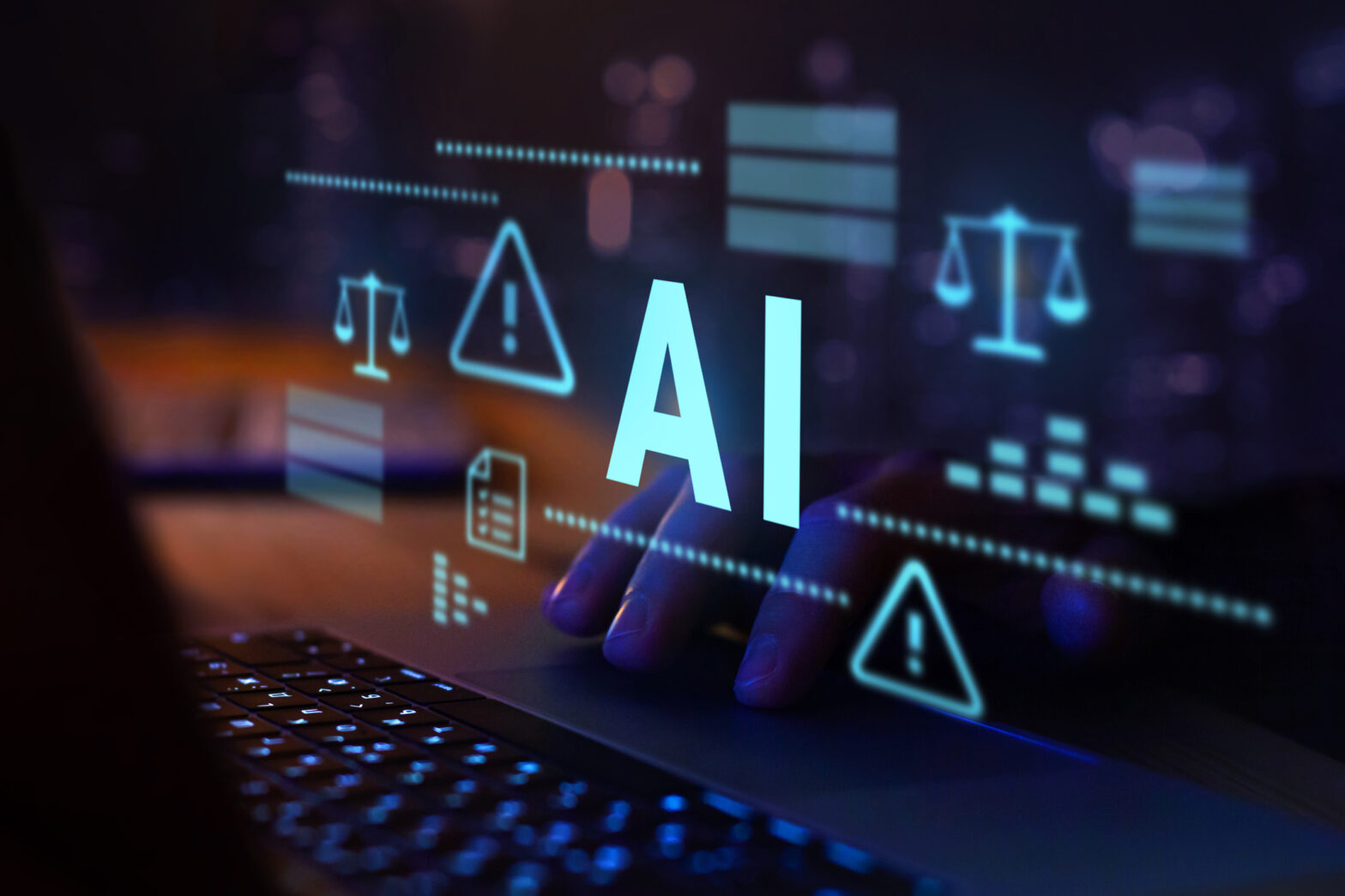Today, IT organisations are expected to be able to both support and help drive digital transformation. Unfortunately, they are attempting to do so without the proper control and management tools necessary to deal with the sheer scale and complexity of hybrid IT. Critical business application performance degradations and outages remain ever-present challenges. With so many issues close to outweighing the benefits, we are at the stage where the promise of IT innovation and business agility can never be fully realised without the correlation and contextualisation capabilities of AIOps.
Complexity at a grand scale
An ever-increasing issue for many enterprise organisations and the cause of many IT slowdowns and outages is the fact that applications (the vital customer-facing side of IT) are inherently complex. They reside disparately across the IT sprawl of the hybrid infrastructure, sometimes spanning multiple clouds at hyperscale. This is a far cry from the legacy architecture of yesterday, which was not without its own issues, but was easier to monitor and manage in simpler times.
With all of today’s complexity, performance latency, bottlenecks and application slowdowns can happen to an enterprise at any time. At some point, the system will struggle to cope with competing, dynamic workloads due, for example, to a new marketing campaign utilising extra resources, or a new procurement impacting upon the system in unexpected ways. When these issues arise, there is also the added pressure on IT teams of needing to find, diagnose and immediately resolve these problems in real-time, before they impact the customer and harm the business. But without proper visibility and the ability to contextualise and correlate all of the possible causes of these issues, how can IT ever get a handle on the situation? Moreover, without the ability to predict potential issues, IT teams are flying blind with inadequate tools, hoping to avoid the ‘IT War Room’ finger-pointing that all too often accompanies these incidents.
Is AIOps the future of DevOps?
The promise of AIOps
These complex issues require a solution match-fit for the challenge, and today, that solution is increasingly AIOps (artificial intelligence for IT operations). The hybrid data centre has become too complex to manage with traditional tools and methods so Artificial Intelligence, Machine Learning and Automation are needed. With this transformational new technology comes a grand vision: the promise of helping application owners and IT operations managers deal with the exponentially increasing scale of hybrid infrastructure-related big data.
AIOps is an entirely different breed of solution in terms of capabilities for the mission-critical challenges being faced today. So how do CIOs go about discerning the qualities of the best AIOps platforms from the rest? And what is so unique about AIOps for mission-critical environments and workloads?
The top use cases for AIOps in enterprise IT operations
IT leaders reveal what they’re really using AIOps for in their organisations
The challenge: multiple infrastructure environments
The central core of AIOps, as its name suggests, is AI, with the foundation to the success of AI being its sister technology, machine learning (ML), and most importantly, the extensive length of time required for the learning to take place. This type of solution was not created overnight. Long before deployment, the AIOps platform engine must have ingested millions of meaningful, real-world data across a broad array of data centres to be of real value to the business. An AIOps platform must have not only the right depth of machine learning and high-quality algorithms underpinning it, but the platform should also be able to deliver AI-based analytics, heuristics and statistical analysis across the entire IT infrastructure.
Customers not being vigilant in their research on AIOps may find out only too late that investment in a solution may not be able to perform in the way the business demands, which must be capable of spanning across multiple infrastructure deployment scenarios. Prior to any procurement, CIOs must ask AIOps and monitoring vendors: “How will this AIOps platform handle all of the different underlying infrastructure across on-premises, private, and public multi-cloud environments?”
Beyond AI hype: AI once stood for algorithmic intelligence
AIOps: the application connection
The key thing for organisations to grasp at this stage of the AIOps adoption cycle is that a real-time, cross-silo and application-centric approach is vital for success. What this means is taking an approach to IT that views systems in terms of business outcomes — this is why the application is so central to this approach. Rather than examining the user, application and infrastructure independently, the AIOps platform should follow the journey of the application from the end-user into the increasingly hybrid IT infrastructure and back out again. This is a vital piece in AIOps’ ability to handle mission-critical workloads.
One to rule them all: the unique capabilities of AIOps for mission-critical workloads
Ideal AIOps platforms must run automated investigations for root cause analysis, which have been honed and are capable of handling the most complex of datacentre environments. Such AIOps platforms can intelligently detect any anomalies in workload profiles or changes in response times of a business-critical application. There are also other unique capabilities in the form of predictive capacity management and forecasting capabilities, which can intelligently warn IT teams before compute, network or storage thresholds are reached so that organisations can take evasive action. In this way, an optimal AIOps platform is able to deliver the end-to-end, app-centric, and context-aware view so urgently needed by IT teams today.
Embracing AIOps will enable organisations to make an empowering shift from reactive troubleshooting towards proactively optimising infrastructure performance and utilisation at a comprehensive level. With this robust approach to AIOps deployment, CIOs will be able to rest assured that their IT teams are armed with the capabilities necessary to avert infrastructure issues – leaving IT and operations managers able to act quickly upon alerts and recommendations, assuring application SLAs can be met, and confident in their ability to efficiently use IT resources. Most vitally, AIOps alerts and recommendations enable the optimal balancing of infrastructure workloads before they impact business-critical and customer-facing applications.
With AIOps capabilities analysing the health, performance and capacity of the IT environment within the context of the applications it serves, organisations can get and stay ahead of the game. They can enable a more agile and innovative enterprise, safe in the knowledge that customer IT expectations will be fully met during the digital transformation process.
Article by David Cumberworth, Managing Director EMEA, Virtual Instruments
Related articles
Gartner: debunking five artificial intelligence misconceptions
AI: A new route for cyber-attacks or a way to prevent them?
Enterprise AI adoption hampered by lack of skilled experts, says survey
Understanding the viability of blockchain in supply chain management
Driving business value with responsible AI
Emerging technologies, are they set to transform business?
UK tech sector leads Europe in AI — but what about the rest of the world?
EU artificial intelligence guidelines will help unlock potential of AI technology







